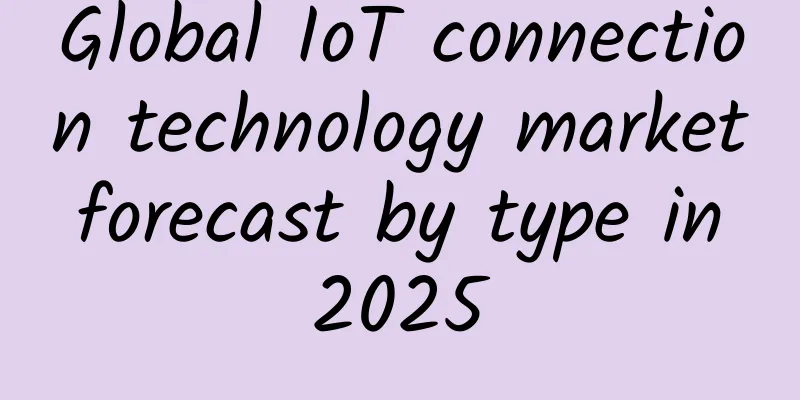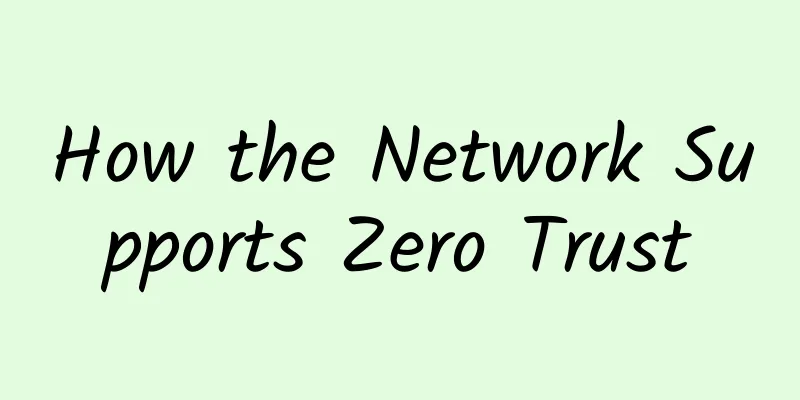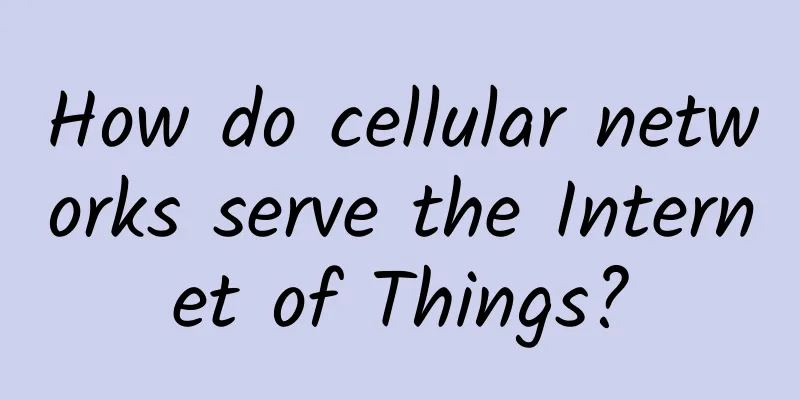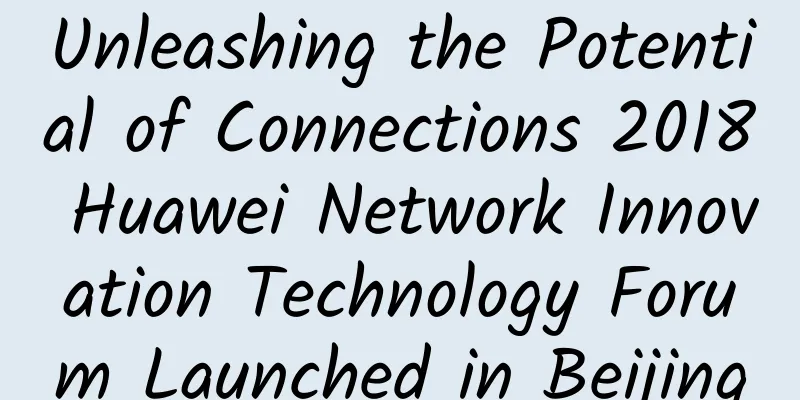Global IoT connection technology market forecast by type in 2025

|
As the number of global IoT deployments continues to increase, the compound annual growth rate of global IoT endpoints from 2016 to 2021 is growing at a high rate of 19.4%. IDC estimates that the number of IoT endpoint installations in 2021 will reach 36.1 billion, indicating that the IoT market has great development opportunities. In addition, IDC's research report also puts forward the driving forces and potential resistance of the IoT market. 1. Driving force 1. Device capacity and bandwidth requirements Expectation: As the deployment of the Internet of Things increases day by day, various devices need to be connected, and the networks of low-bandwidth sensors are dominant in various fields. In this case, LPWAN (Low-Power Wide-Area Network) technology is very suitable for connecting and aggregating sensor data at a low cost. Impact: LPWAN connections will compete with cellular technologies, so cellular technology vendors will need to establish innovative and flexible pricing mechanisms for large-scale deployments to maintain a competitive advantage. 2. Deployment of 5G networks Assumption: Many IoT deployments require real-time communication with low latency and the ability to accommodate large amounts of data traffic. 5G networks are expected to be launched to the public in 2019-2020, and AT&T and Verizon in the United States did some early tests in 2017. 5G networks will have faster speeds, larger communication pipes, wider coverage, lower power consumption, and lower latency. Impact: The emergence of 5G networks is expected to be a boon to cellular communications in the IoT and help cellular communications providers maintain a stronger competitive advantage over LPWAN. Potential resistance 1. Spectrum and service quality Expected: For organizations that are considering establishing connected endpoints, the most important thing is to weigh the cost value of various connectivity options against the quality of service. Users of licensed spectrum can guarantee that the service will operate at a specific frequency, but unlicensed spectrum, such as LoRa Technology and Sigfox operators, will find it difficult to guarantee the quality of service. Impact: Despite the attractive advantages of LPWAN solutions, the poor quality of service of unlicensed spectrum and unique technologies, such as Sigfox and LoRa, will lead end users to use unlicensed spectrum for non-critical applications, which will become a resistance to the development of LPWAN in the near term. However, LPWAN connectivity is an emerging high-growth area. Narrowband IoT and another LPWAN technology have completed 3GPP LPWA certification, and commercial solutions are expected to be launched in 2017. 2. The need for standard setting Expectation: Although progress has been made in developing standards, relevant organizations have not yet seen actual results in providing and promoting open and data protocols. IDC's research points out that the initial standard protocols designed specifically for the Internet of Things have attracted great interest in the market, and multiple standard organizations are actively developing and marketing their own standards to create the next Internet of Things standard. Impact: Although it is unclear whether one or more IoT protocols will emerge in the market, this will enable the global IoT market to plan the added value of IoT solutions and achieve the expected benefits for businesses and consumers. |
>>: Blockchain and what it means for big data
Recommend
What should I do if I forget my Wi-Fi password? You can retrieve the password through Windows
With the development of technology, WiFi plays an...
How 5G helps IoT in healthcare
At a time when demand for healthcare services is ...
HostYun: Los Angeles CN2 GIA line cheap version online, 1GB memory package monthly payment starts at 15 yuan
HostYun recently launched a low-cost package for ...
spinservers: 100M-1Gbps unlimited traffic servers starting from $118/month, Dallas/Silicon Valley data centers available
spinservers is a site under Majestic Hosting Solu...
Knowledge literacy in the 5G era: Understanding the Internet of Things
What is IoT The Internet of Things (IoT) is abbre...
Let's talk about the love and hate between Socket, WebSocket and MQTT
In the field of network communication, Socket, We...
HostXen fully upgrades KVM, new users get 20 yuan for registration, monthly payment starts from 70 yuan for 6G memory in the United States/Japan/Hong Kong
HostXen sent the latest information, the platform...
Midea and HarmonyOS join forces to jointly develop the era of the Internet of Everything
[51CTO.com original article] On September 10, 202...
How private 5G networks can help companies accelerate their transformation to Industry 4.0
With the rise of IoT applications and the increas...
Tungsten Fabric community arrives in China, first batch of members discuss the future of networking in the multi-cloud era
[51CTO.com original article] On November 7, as an...
US media: The US military is accelerating the launch of 5G military testing
[[376018]] On January 7, the website of the U.S. ...
5G Era: Say Goodbye to TCP/IP
I just don't love you anymore, a song that ca...
230,000 new cases every day: How they are "used by 5G"
"Why are users required to activate 5G cards...
Four major trends in China's Internet development
On April 20, 1994, China gained full access to th...
Colorful light illuminates the palace of knowledge, and the library of Hubei's top universities has achieved a digital leap
【A famous university in Hubei is a comprehensive ...









